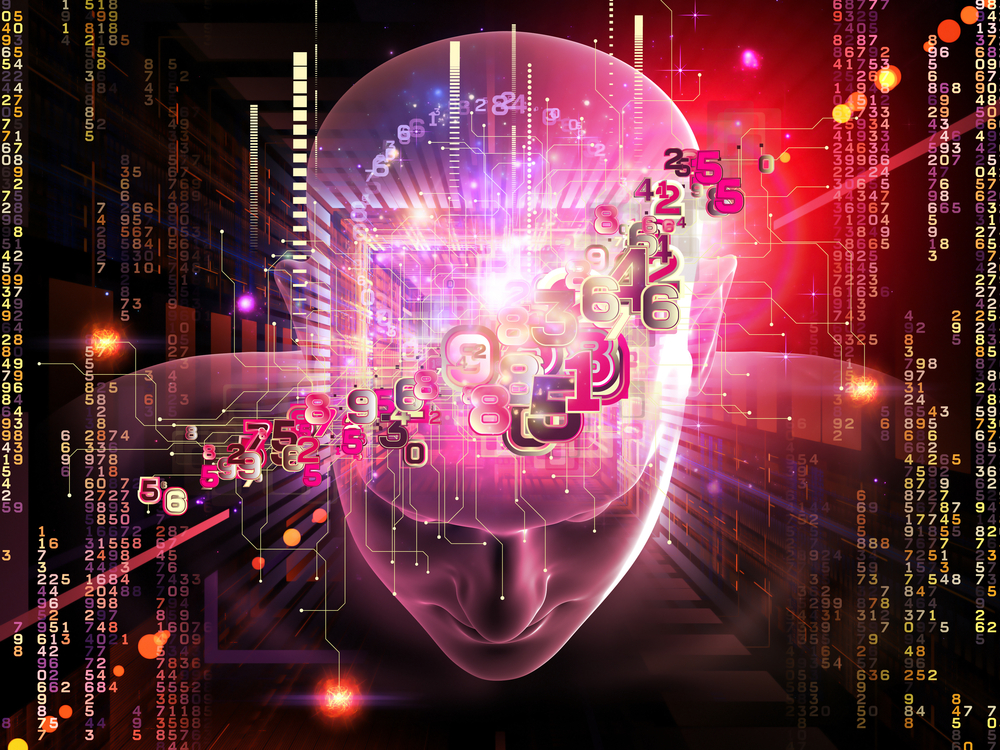Deep Fake is emerging as a prominent new cyber threat which businesses are now facing and need to implement measures to counteract.
What is Deep Fake?
Deep Fake is a method that combines and superimposes existing images and videos onto source images onto source images and videos using artificial intelligence. It uses a machine learning technique known as generative adversarial network (GANS)and first emerged towards the end of 2017.
Video content has historically been very difficult to change but with the use of artificial intelligence this has helped make the process easier.
What are the typical threats?
- Creating an emergency situation that is not real and causing panic.
- Disruption to an election by false statements
- The making of a false announcement to directors and shareholders
- An image of a director requesting the fraudulent transfer of funds.
- Posing falsely as a partner that may affect a relationship
- False video of a celebrity in compromising situations.
How are Deep Fakes detected?
Sophisticated deep fakes are difficult to detect where as the more amateurish ones can be spotted quite easily such by a lack of blinking or shadows of individuals that do not seem to be in the correct position.
It is also possible for them to also be trained to avoid detection and is therefore a cyber threat that is hard to combat.
Last week Google released a database of 3,000 deep fakes to alter faces and to make people say things they never said. These were of course actors the purpose of this was to help researchers build tools required to take down harmful fake videos that could cause distress to individuals and harm to businesses. https://nakedsecurity.sophos.com/2019/09/27/google-made-thousands-of-deepfakes-to-aid-detection-efforts/
Well Known Deep Fakes
Deep fakes have been carried out on many famous individuals from Donald Trump to Tom Cruise and Theresa May.
Here are some examples
https://www.creativebloq.com/features/deepfake-examples
The Future of Deep Fakes
The world of Deep Fakes will no doubt develop beyond a level which makes them impossible to differentiate between what is real and what is not – this is one race that hackers seem to be so far ahead that it will be difficult catch them.
Image : Shutterstock


